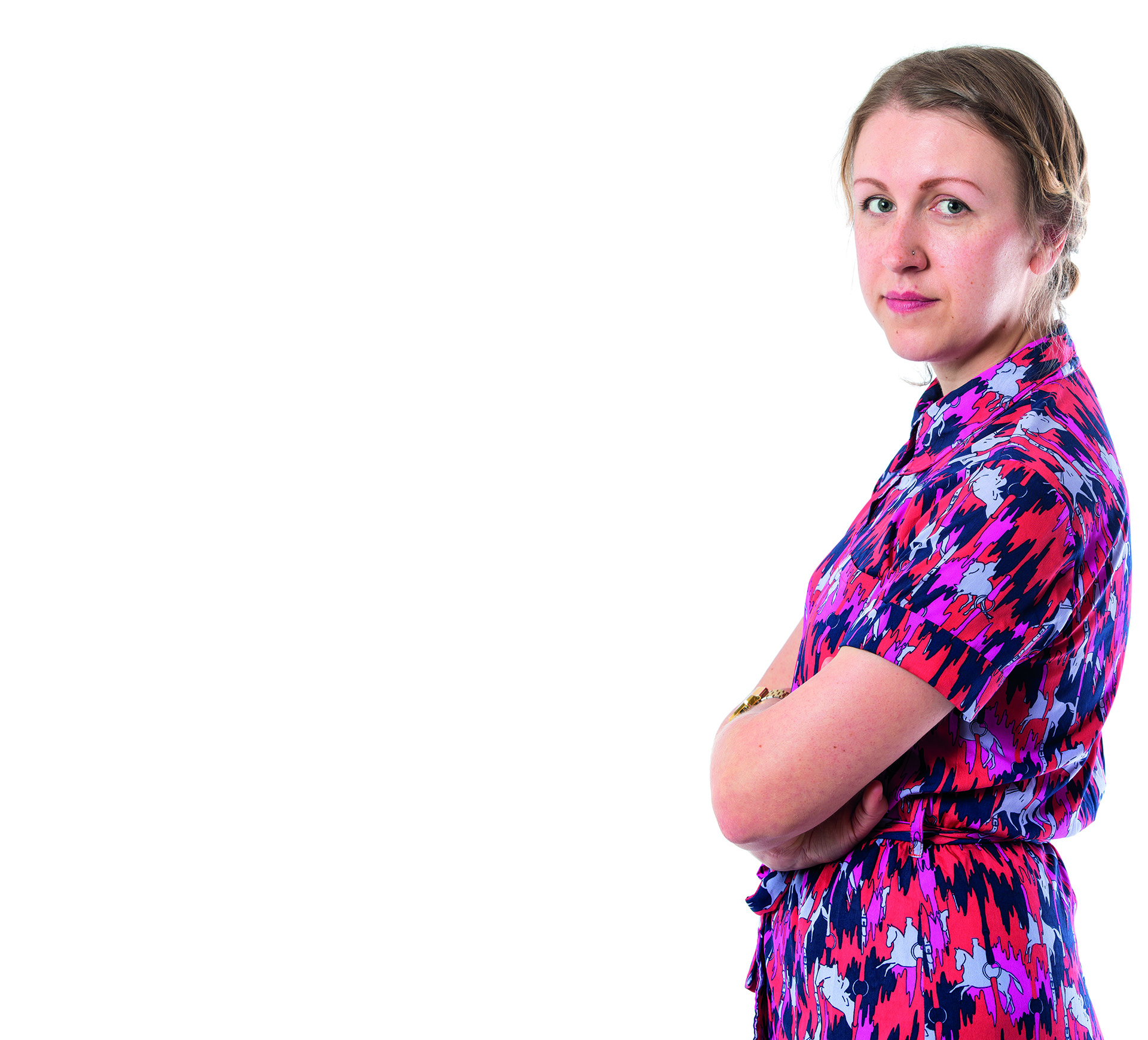I’ll probably be going out tonight. If the weather’s mild and a bit damp I definitely will, bucket and torch in hand, looking for toads to help cross the road. Last year, my toad patrol in Riddlesden saved more than a thousand, picking them up and safely releasing them at the canal.
A bit like tiny determined elephants who take the same ancient migration routes across savannahs year in year out to feed, toads only breed in the water in which they were born, meaning that, having woken from a cosy hole somewhere in spring, they begin the ambitious journey back to that place. It doesn’t involve vast plains, but it does mean encountering roads and cars. Obviously, the toads don’t tend to come off well. ‘Splats’ is the unsentimental term we use when we share our data online later.
I started doing it because it seemed like the right thing to do. Here was another way we humans have screwed with nature and an easy solution to make some kind of amends. Then I fell in love with them. I couldn’t sleep the other night. “Think of something nice,” my boyfriend said. I thought of toads.
For a start, their eyes are mesmerising. George Orwell, in his 1946 essay Some Thoughts on the Common Toad, says: “A toad has
about the most beautiful eye of any living creature” and in As You Like It Shakespeare compared a toad’s eye to a “precious jewel”. The males also make an unbearably sweet, Guinea pig type chirrup and will hug your fingers as you pick them up (some of the luckier ones will already have piggybacked onto a larger female and you can be assured that you’ve saved countless lives when you pick up these little beasts with two backs).
To know something is to love something. Similarly, when I hold the wild hedgehog that we’re fostering through winter and look into her eyes – albeit slightly less impressive than Mr Toad’s but still as twinkly as Beatrix Potter describes – I feel deep affection and incredible privilege to be able to help the native wildlife immortalised in some of my favourite childhood books.
Because that’s the worry – we’re on course only to see these animals in books soon and, apart from that being sad in itself, we can’t foresee how massive the impact of losing our ‘gardener’s little helpers’ will be on UK ecology. Hedgehogs are in such decline – by
97 per cent in the last 60 years – that they could be extinct in 10 years while toad numbers have reduced by 68 per cent over the last 30 years. There are many mostly human-made and really easy to change reasons for this like modern gardening techniques and car journeys so there is hope.
Back when there were 30 million hedgehogs in Britain, (now there are one million), Orwell wrote: “I think that by retaining one’s childhood love of such things as trees, fishes, butterflies and – to return to my first instance – toads, one makes a peaceful and decent future a little more probable… At any rate, spring is here, even in London N.1, and they can’t stop you enjoying it. This is a satisfying reflection. How many a time have I stood watching the toads mating, or a pair of hares having a boxing match in the young corn, and thought of all the important persons who would stop me enjoying this if they could. But luckily they can’t.”
For more information on toad conservation visit froglife.org.


